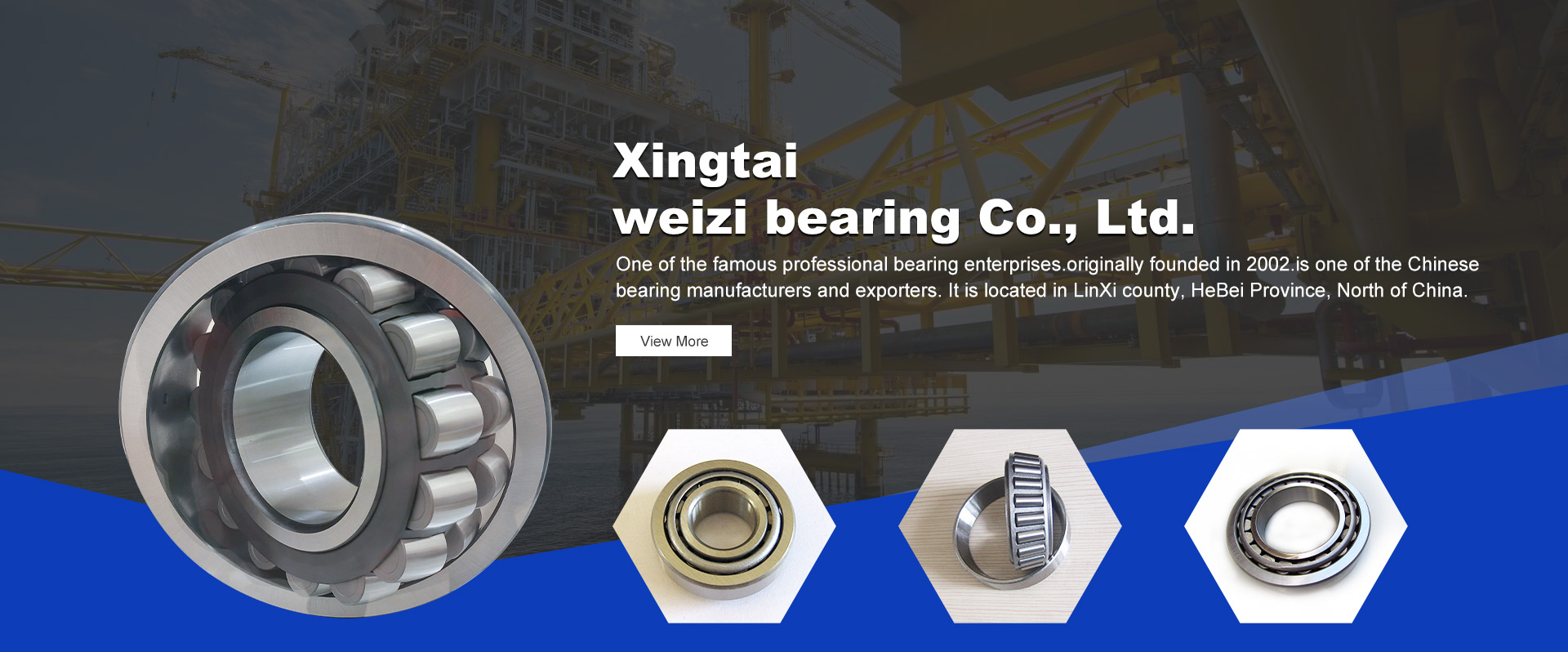
Dec . 21, 2024 12:51 Back to list
51109 bearing
Understanding the 51109 Bearing A Comprehensive Overview
The 51109 bearing is an important component widely utilized in various mechanical systems, particularly in applications requiring axial loads. This bearing is a type of thrust bearing, specifically designed to support heavy loads along a single axis. In this article, we will delve into the specifics of the 51109 bearing, its applications, advantages, and selection considerations.
What is the 51109 Bearing?
The 51109 bearing falls under the category of thrust ball bearings. Thrust ball bearings consist of two grooved races and a set of balls that fit between them. The 51109 designation indicates it is a single-direction thrust bearing capable of bearing axial loads. Its design features a relatively flat seating surface, allowing it to accommodate thrust in one direction while preventing any radial loading or movement.
Typically, the 51109 bearing is made from high-quality materials such as steel, which enhances its durability and load-bearing capacity. The standard dimensions for a 51109 bearing usually include an inner diameter of 45 mm, an outer diameter of 65 mm, and a width of 14 mm. This compact yet robust configuration allows for effective load distribution, making it suitable for various applications.
Applications of the 51109 Bearing
The 51109 bearing is commonly employed in several industries and machinery types. Primarily, it finds use in
1. Automotive Applications The bearing is often used in automotive gearboxes and clutches, where it supports the axial loads generated during operation. 2. Industrial Machinery In manufacturing and industrial settings, the 51109 bearing can be found in conveyor systems, presses, and other equipment that experience significant thrust loading.
3. Electric Motors The bearing also plays a role in electric motors, providing stability to the rotor and enhancing efficiency by minimizing friction during operation.
4. Pumps and Compressors The 51109 bearing is frequently utilized in pumps and compressors to handle axial loads from the moving components, contributing to overall performance and reliability.
Advantages of Using the 51109 Bearing
There are several advantages to using the 51109 bearing in your applications
51109 bearing

1. High Load Capacity Designed to handle substantial axial loads, the 51109 bearing ensures durability and long service life, even under challenging conditions.
2. Reduced Friction The precision-engineered design minimizes friction, contributing to enhanced performance and energy efficiency.
3. Easier Installation The bearing’s design allows for straightforward installation and maintenance, making it a preferred choice for many engineers.
4. Cost-Effectiveness The affordability of the 51109 bearing, combined with its longevity, makes it a cost-effective solution for businesses looking to optimize performance without overspending.
Selection Considerations
When selecting a 51109 bearing for your specific application, it is crucial to consider the following factors
- Load Requirements Always analyze the axial loads your application will subject the bearing to, ensuring that the 51109's capacity meets your needs. - Speed Evaluate the rotational speeds at which the bearing will operate, as this can influence your choice and any required lubrication.
- Operating Environment Consider the environmental conditions, such as temperature and exposure to contaminants, as these factors will affect performance and lifespan.
- Lubrication Proper lubrication is vital for bearing performance. You must choose the right lubricant to ensure smooth operation and longevity.
Conclusion
The 51109 bearing is integral to many mechanical systems, offering reliability and load-handling capabilities. Understanding its applications, advantages, and selection criteria can significantly enhance operational efficiency and performance. Whether in automotive, industrial, or mechanical applications, incorporating the 51109 bearing can lead to optimal results in various engineering solutions.
Latest news
-
Grooved Ball Bearing Design and Functionality
NewsJun.04,2025
-
Concrete Mixer Bearing Load Capacity Testing
NewsJun.04,2025
-
6004 Bearing Dimensions in Robotic Joint Designs
NewsJun.04,2025
-
Advantages of Single-Row Deep Groove Ball Bearings
NewsJun.04,2025
-
Applications of Deep Groove Ball Bearings in Automotive Systems
NewsJun.04,2025
-
Innovations in Bearing Pressing Machine Design
NewsJun.04,2025
